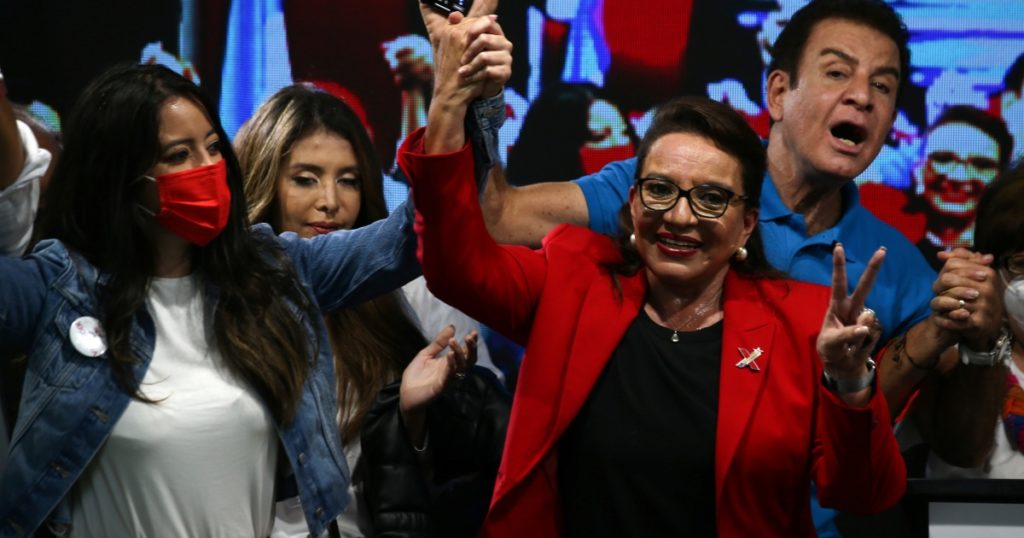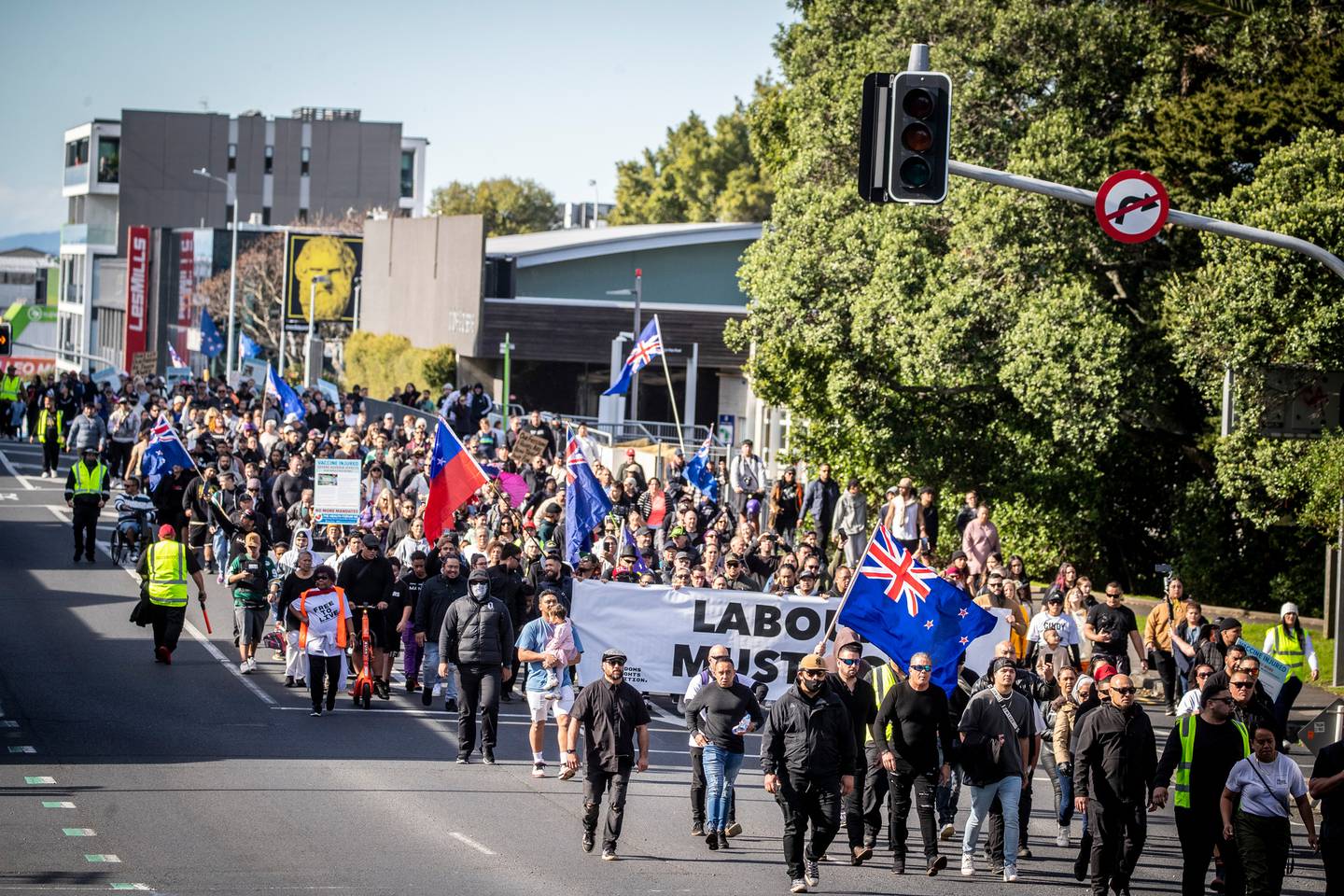A number of elections held from September to November have seen mixed results for the Left, broadly defined. This brief survey is far from comprehensive, and no conclusions about the state of international Left are offered.
Honduras
Hondurans went to the polls on 28 November for presidential and legislative elections. At the time of writing votes were still being counted, but it was clear that Xiomara Castro of the social-democratic Libre Party had won the presidency. This is sweet revenge for the Honduran left. Castro’s husband is former progressive president Manuel Zelaya who was deposed by a military coup in 2009. In 2013 and 2017 Orlando Hernández of the rightwing National Party was elected president.
An article by W T Whitney on Counterpunch reports that Castro has promised “no more hate, war, corruption, narco-trafficking, organized crime, and no more ZEDES, poverty, or misery.” ZEDES are free zones created under the Hernández government that, according to Whitney, are “controlled by investors who, taking charge of local populations, develop industrial-scale agriculture ventures, tax-free manufacturing, and big mining and energy-producing projects.”
Further information from Whitney is that Libre’s general secretary, Juan Barahona, also heads the Unified Workers’ Federation of Honduras. He told an interviewer that, “My dream is to take power to change the country, initiate a different system, an egalitarian system, a socialist system.”
Argentina
Also in November, in Argentina about half the seats in the Chamber of Deputies were up for election. The main winners were a centre-right coalition, which garnered 42.1 percent of the vote and now has only one seat less than the social democratic/Peronist coalition, which formerly had an overall majority and holds the presidency. This social democratic/Peronist Everyone’s Front got 34.1 percent, a bad result for them. The revolutionary left did well. A coalition of four Trotskyist parties got 1,305,518 votes or 5.5 percent.
Czech Republic
In the Czech Republic the Czech Social Democratic Party and the Communist Party were wiped out in a general election held in October. Both parties previously had 15 seats in parliament and lost the lot. The social-democrats only got 4.65 percent, down by 2.62 percent. The communist vote dropped by 4.16 percent to 3.60 percent.
Germany
There was a general election in Germany in September. Die Linke (The Left) only managed 4.9 percent of the vote, down from 9.2 percent in 2017. The Social Democratic Party could only get 25.7 percent, though that was up from 20.5 percent last time round. The SDP’s Olaf Scholz is to form a coalition government with the rightwing, pro-business Free Democrats and the Greens. Scholz was finance minister in Angela Merkel’s outgoing government. Verdict: hardly any change.
Canada
A snap election in Canada, called by Justin Trudeau hoping to win a majority for the Liberal Party, barely changed the parliamentary arithmetic. The social-democratic New Democratic Party could only edge its representation up by one seat after securing an underwhelming 17.8 percent vote share. The Green Party vote dropped from 6.6 percent to 2.3 percent.
Norway
The September Norwegian general election saw progress for the Left. The Labour Party lost ground by a 1.1 percent drop in their total vote and a loss of one seat. However, two parties to the left of Labour made gains. The Socialist Left Party got 7.6 percent and the Red Party 4.7 percent. Both increased their representation.









